Introduction to HONEYWELL EG1033AC01
1. Product Description
HONEYWELL EG1033AC01 is an advanced flame detection and control module, meticulously crafted for complex industrial environments with high safety requirements. It plays a pivotal role in industrial automation and fire safety fields. Equipped with a high-performance ultraviolet sensor, this module can accurately and efficiently monitor and detect flame status. Whether it is for the precise control of stable combustion in industrial boilers or the critical flame detection in gas turbines to prevent potential damage from unburned gases, EG1033AC01 demonstrates exceptional performance. It is a core device for ensuring safe and stable operation of industrial production and preventing fire hazards.
2. Product Technical Parameters
- Sensor Characteristics: Adopts a high-sensitivity ultraviolet sensor, which has an extremely high responsiveness to ultraviolet radiation generated by flames. It can quickly and accurately sense the presence and state changes of flames, providing a reliable data foundation for flame monitoring.
- Input Voltage: Supports 24VDC standard input voltage, which can easily adapt to common industrial DC power supply systems, ensuring the module operates stably in different industrial scenarios and meets diverse power configuration needs.
- Output Signal: The output voltage range is 0 – 10VDC, intuitively presenting flame monitoring results in the form of voltage signals, facilitating efficient signal interaction and subsequent processing with various control devices or systems.
- Communication Interface: Equipped with an RS485 communication interface, featuring excellent communication compatibility and stability. It can be conveniently connected to industrial networks to realize remote data transmission and sharing, greatly facilitating centralized monitoring and management. Some models also support common communication protocols such as Modbus, further expanding its application range in different industrial automation systems.
- Operating Temperature Range: The operating temperature interval is set from -10°C to +60°C, which can readily cope with temperature fluctuations in most industrial environments. It can always maintain stable working performance whether in high-temperature production workshops or outdoor equipment in cold environments, showing strong environmental adaptability.
- Response Time: Boasts an extremely fast response speed. Once a flame appears in the detection area, it can react in an extremely short time and quickly transmit flame status information to the subsequent processing system, gaining valuable time for timely control of the combustion process or activation of safety protection measures.
- Transmission Distance: The signal transmission distance between the sensor and the amplifier can reach 330 meters. This long-distance transmission feature ensures stable and accurate signal transmission even when the sensor and control module are far apart in large industrial facilities, flexibly adapting to the needs of complex and variable industrial layouts.
- Environmental Resistance: The overall structure is designed to be sturdy and durable, with excellent high-temperature resistance, vibration resistance and anti-interference performance. It can operate stably in high-temperature, strong vibration and complex electromagnetic interference environments common in industrial production, effectively ensuring the accuracy and reliability of flame monitoring.
- Safety Certification: Has passed a variety of strict safety certifications, allowing safe application in various dangerous industrial scenarios including explosive environments. While ensuring the safety of personnel and equipment, it fully complies with the strict safety specifications of relevant industries.
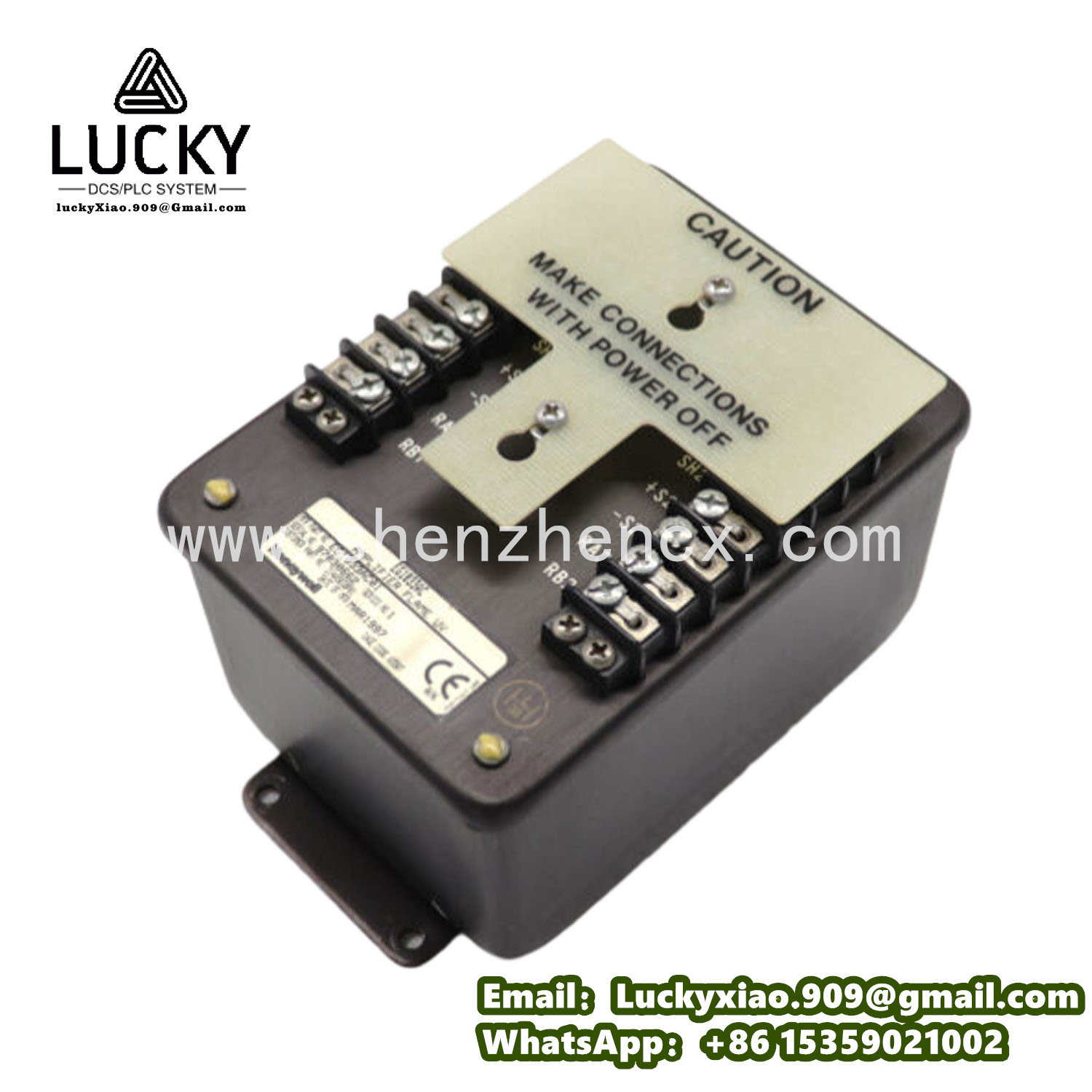
3. Usage Method
- Pre-installation Planning: Conduct a comprehensive and detailed assessment of the specific needs of the use scenario. Accurately determine the appropriate installation location based on factors such as the size of the actual installation space, characteristics of equipment layout and requirements for signal transmission distance. Meanwhile, prepare various tools required for installation, such as screwdrivers, wrenches, adapted cables, etc., and ensure the installation site environment is safe, with flammable and explosive items and potential risk factors removed. In addition, carefully check whether the appearance of the module is damaged and whether the accessories are complete.
- Module Installation Operation: Strictly in accordance with the equipment installation manual and on-site planning scheme, fix the EG1033AC01 flame detection and control module at the selected position. Methods such as screw fastening or rail mounting can be adopted, and it is necessary to operate in accordance with the standard operating specifications of the corresponding installation method to ensure the module is installed firmly and will not be displaced due to factors such as equipment operation vibration.
- Wiring Process: In accordance with the clear wiring marks of the module and equipment interface standards, select appropriate cables to connect the module with related equipment. For the sensor input line, accurately connect the ultraviolet sensor cable to the sensor input port of the module to ensure a tight connection, preventing signal transmission interruption or interference. For the communication line, connect RS485 and other communication cables to the communication interface of the module, and complete relevant configuration work such as terminal resistance setting according to the communication network topology and specific requirements of the adopted communication protocol. When connecting the power cord, special attention must be paid to the positive and negative polarity, and the 24VDC power supply must be correctly connected to the module’s power port to avoid damaging the module due to reverse connection. After the wiring is completed, carefully check each connection point to ensure the connection is correct and firm.
- Parameter Setting Points: According to the actual needs of specific application scenarios and the specific requirements of equipment operation, finely set the relevant parameters of the module through professional programming software or the module’s own setting interface. For example, the flame detection sensitivity can be flexibly set according to the on-site environment and flame detection accuracy requirements; the alarm threshold can be reasonably set in accordance with safety standards and control logic; the communication baud rate and other parameters can be accurately adjusted according to the communication network conditions. Specific operations can refer to the detailed module user manual, and parameters must be adjusted strictly in accordance with the manual’s guidelines to ensure the module can accurately adapt to actual application needs.
- System Debugging Steps: After the module installation, wiring and parameter setting are completed and confirmed to be correct, turn on the power of relevant equipment and formally carry out system debugging. First, use a simulated flame source or generate a flame with actual combustion equipment, and carefully observe whether the module can accurately detect the flame and output corresponding signals. With the help of professional testing equipment or by connecting to the built control system, check whether the flame status signal output by the module is correctly transmitted and whether the system’s response to changes in flame status meets the expected design. If abnormalities are found, it is necessary to conduct a comprehensive investigation from aspects such as whether the wiring is loose, whether the parameter settings are reasonable, and whether the module is compatible with the equipment, until the system operates normally.
4. System Introduction
In the overall architecture of industrial automation and fire safety systems, the HONEYWELL EG1033AC01 flame detection and control module is in a key data collection and front-end control link. It works closely with a variety of equipment and systems to jointly build a complete and efficient combustion safety monitoring system.
In the industrial production process, when it comes to equipment with high requirements for combustion process control accuracy such as industrial boilers and gas turbines, the EG1033AC01 module conducts real-time and accurate monitoring of the flame status through its ultraviolet sensor. Once abnormal flames are detected, such as flameout or unstable flickering, the module will quickly transmit the abnormal signal to the backend control system, such as PLC (Programmable Logic Controller), through the communication interface. Based on the preset control logic, the PLC will immediately take corresponding precise control measures, such as timely cutting off the fuel supply to prevent unburned gas accumulation from causing danger, and quickly activating the alarm device to remind operators to handle in time, so as to comprehensively ensure the safe and stable operation of the equipment and the entire production process.
In terms of fire safety systems, EG1033AC01, as a core component of early fire warning, forms a complete and reliable fire monitoring and alarm network together with fire alarm controllers and other equipment. When the module detects a flame generated in the early stage of a fire, it will transmit the flame signal to the fire alarm controller at the first time. After receiving the signal, the fire alarm controller, on the one hand, immediately triggers the on-site sound and light alarm device to timely remind people to evacuate, ensuring people’s life safety; on the other hand, quickly transmits the alarm information to the upper computer monitoring system, facilitating the fire control center to fully and timely grasp the fire situation, so as to efficiently dispatch fire resources for fire fighting and rescue operations.
Take chemical production enterprises as an example. In their complex and dangerous production processes, the stable combustion of many equipment such as reaction kettles and heating furnaces is the key to the smooth progress of production. The EG1033AC01 module conducts continuous and real-time monitoring of the flames of these equipment, making every effort to ensure the stability of the combustion process, effectively avoiding serious production accidents caused by abnormal flames, and ensuring the continuity and safety of chemical production. In the fire safety system of large commercial complexes, EG1033AC01 modules are reasonably distributed in various areas where fire hazards may exist, maintaining a high degree of vigilance at all times to monitor the flame situation, providing a solid and reliable early fire warning guarantee for the safety of people’s lives and property. With its excellent and reliable performance, EG1033AC01 is widely used in many important fields such as industrial automation and fire safety, playing an irreplaceable important role in building a safe, stable and efficient industrial operating environment and fire safety guarantee system.

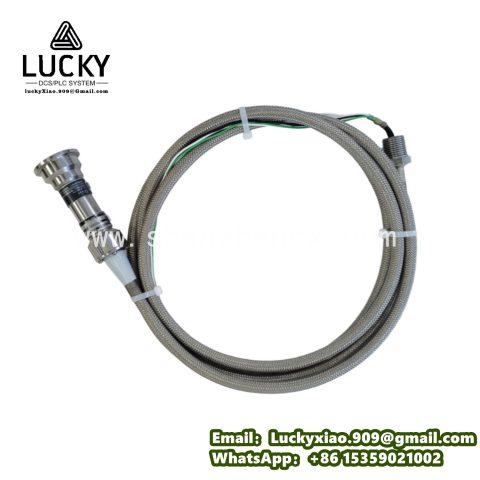
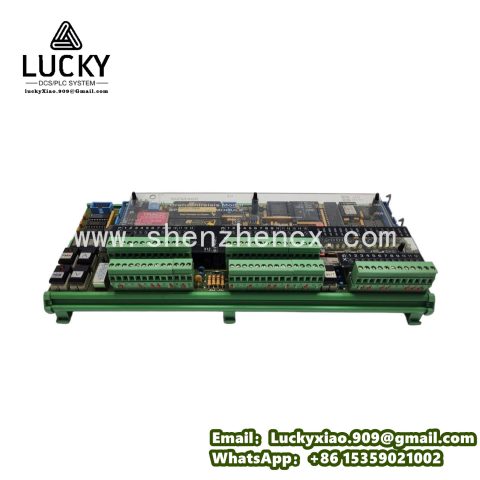
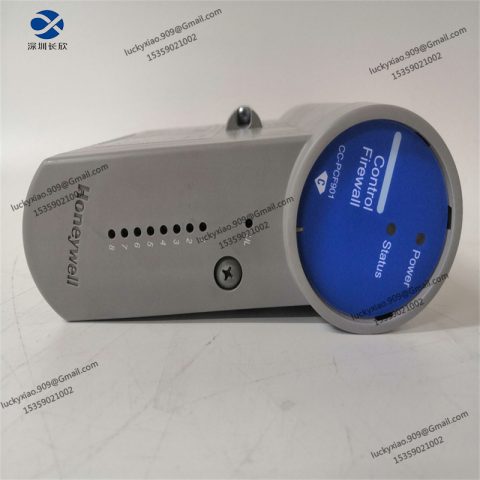
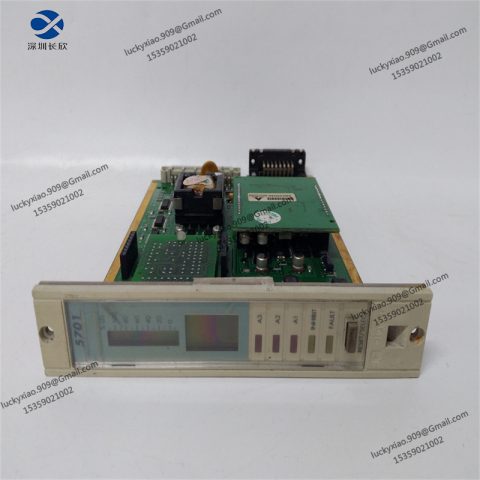
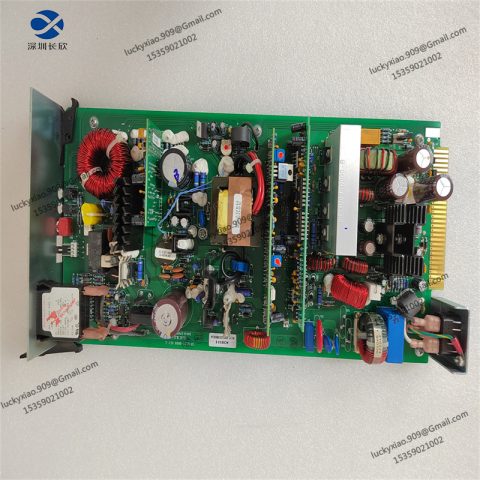
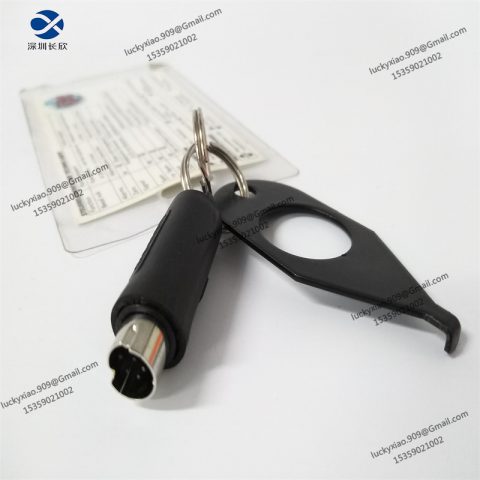

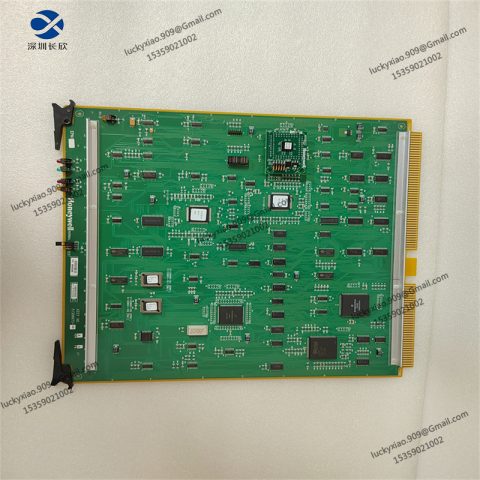

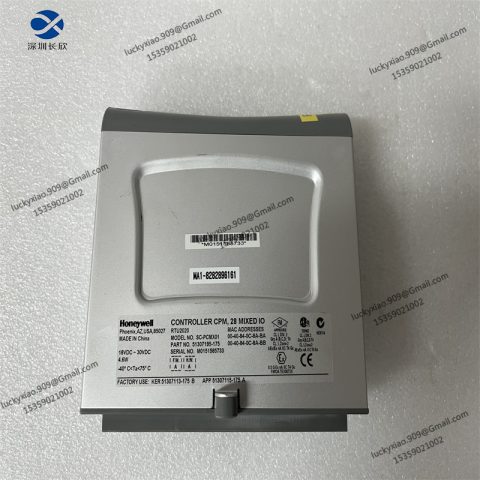
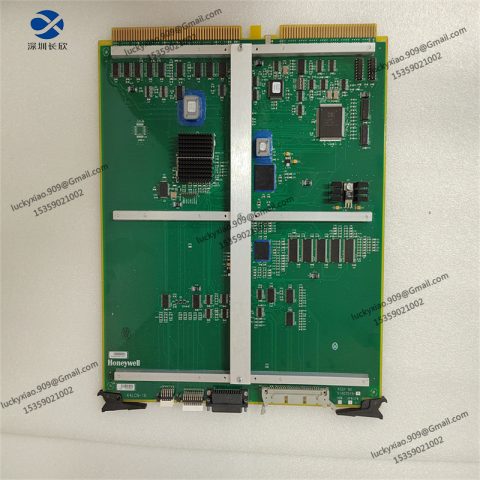
There are no reviews yet.